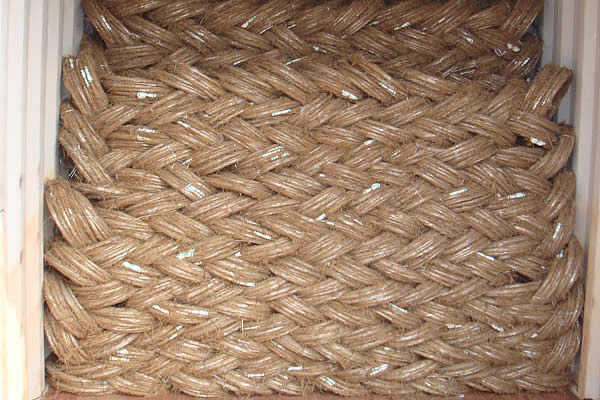 TEL:
+86-13102802206
TEL:
+86-13102802206
 Email:
fencenetting@china.com
Email:
fencenetting@china.com
 Language
Language
 TEL:
+86-13102802206
TEL:
+86-13102802206
 Email:
fencenetting@china.com
Email:
fencenetting@china.com
 Language
Language


The Intricacies of the Wire of Iron A Symbol of Strength and Resilience
In an age dominated by rapid technological advancements and fleeting trends, certain materials continue to cement their significance in various fields, with the wire of iron standing out as a key player in construction, manufacturing, and artistry. This unassuming yet powerful element has woven itself into the very fabric of human endeavors, symbolizing strength, resilience, and endurance.
Iron wire, which can be formed through processes such as drawing and forging, boasts exceptional tensile strength. This quality makes it a staple in construction projects, where robustness is paramount. From the reinforcement of concrete structures to the anchoring of bridges, iron wire ensures stability and safety. In a world that constantly grapples with the forces of nature, including earthquakes and high winds, the use of iron wire has proven indispensable. Engineers and architects rely on its properties to create edifices that not only withstand the test of time but also endure the trials posed by the environment.
Beyond its structural applications, the wire of iron also plays an essential role in manufacturing processes
. In factories, it is often used in the production of various components, such as cables, fasteners, and tools. The malleability of iron allows it to be shaped into intricate designs, making it ideal for both functional and aesthetic applications. The automotive industry is one of the largest consumers of iron wire, employing it in the assembly of vehicles, from the framework to intricate detailing. The durability of iron wire ensures that these vehicles can handle the rigors of daily use, proving that even the tiniest components are crucial for overall performance and safety.
Moreover, the artistry that can be achieved with iron wire is nothing short of remarkable. Artists and craftsmen have discovered innovative ways to transform this basic material into intricate sculptures and decorative pieces. The flexibility of the wire allows for the creation of delicate forms that can evoke emotion and provoke thought. Whether used in a minimalist installation or an elaborate piece of art, iron wire fosters a unique dialogue between strength and fragility. This dichotomy appeals to audiences and prompts introspection on the nature of resilience, both in art and life.
Despite its many benefits, the wire of iron is not without its challenges. Exposure to moisture and environmental elements can lead to rust and deterioration, necessitating protective measures to prolong its life. This aspect is particularly relevant in outdoor applications, where the commitment to maintenance is essential. However, innovation has yielded advancements in galvanization and the use of coatings, enhancing its durability and reducing the need for frequent repairs.
As society progresses, the versatility of iron wire continues to be embraced across various disciplines. Its applications are expanding into new realms, such as sustainability and eco-friendly practices. Recycled iron wire is being used to create sustainable building materials, giving new life to what was once deemed waste. In this way, the wire of iron epitomizes not only strength but also the potential for renewal and regeneration in our modern world.
In conclusion, the wire of iron is more than a mere material; it serves as a testament to human ingenuity and resilience. It embodies the spirit of construction and creation, asserting itself in our built environment and artistic expression alike. Its strength symbolizes the enduring will of humanity to build, innovate, and transform. As we look toward the future, the wire of iron will undoubtedly continue to play a pivotal role in shaping our world, reflecting our aspirations and our ability to adapt and thrive amidst challenges.